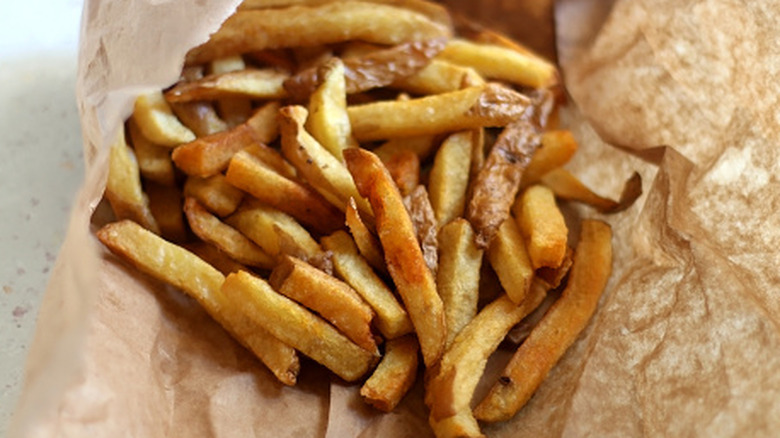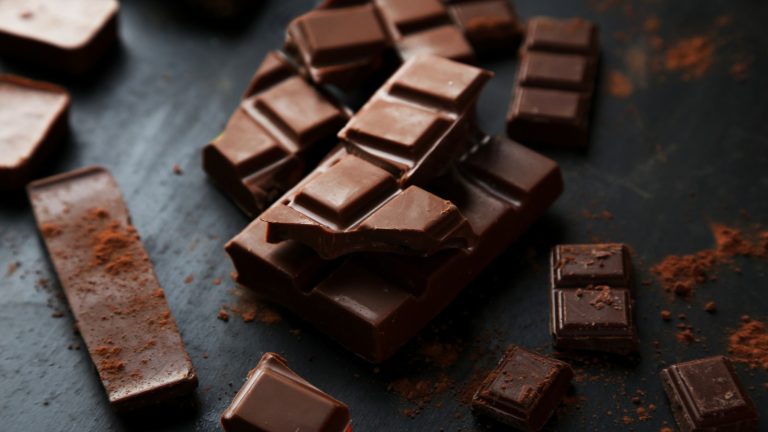We may receive a commission on purchases made from links.
Who doesn’t love a good french fry? We can’t think of a kind of fry we don’t enjoy — skinny, thick-cut, crinkle-cut, out of a bag in the freezer, from a gastro pub, or picked up at a fast food takeout window — we’ll happily eat them all. People have strong opinions about what makes the perfect fry, how they should be seasoned, and what you should dip them in or slather them with. Yet perhaps one of the greatest debates is whether or not we should peel the skin or leave it on. It turns out there are more benefits to leaving the skin on than you might have thought — enough to tip the balance. Refraining from peeling a potato before turning it into french fries is better for efficiency, flavor, texture, your health, and the environment.
It always seems that the more color and texture a starch has, the better it is for you. Brown rice, sweet potatoes, whole-grain bread. They all have more flavor and nutrients than their paler, blander counterparts. A skinless french fry pretty much tastes of grease and salt, and there’s certainly nothing wrong with that. But when you leave the skin on, you add a depth of the unmistakable earthy flavor that just tastes … potato-y. And in terms of texture, for legitimately crispy homemade french fries, the skin adds layers of crunch: There’s a reason we order fried potato skins at restaurants, and it’s that flaky, beautiful crispiness.
Potato skin tastes good, and it’s good for you, too
It turns out that potato skin is a nutrient-packed powerhouse. Potato skins are high in fiber and are packed with loads of potassium, vitamin C, and antioxidants, not to mention they contain roughly one-third of the fiber and vitamins found in the potato as a whole. Discarding the peels rather than eating them also contributes to food waste, as they’ll likely end up in a landfill. The U.S. Environmental Protection Agency estimates that food waste makes up almost one-quarter of solid municipal waste in landfills, resulting in the same amount of greenhouse gas emissions of over 50 million gas-powered passenger vehicles. So besides being better for you to leave those peels on, it’s also an easy way to reduce food waste, particularly as it saves you time and contributes to better fry flavor and texture.
Pretty much any potato can be turned into skin-on fries, but perhaps the best choice is russet potatoes. Compared to waxy spuds, starchy potatoes like russets tend to result in fries that are fluffier inside and crispier outside. This is particularly true if you leave those thick, tasty skins on the potato. If you’re worried about pesticides that may collect on the skin, simply be sure to scrub your potatoes thoroughly before slicing them. Another option would be to use a natural fruit and vegetable wash like Veggie Wash, or you could soak them in vinegar for a short time before you give them their final scrubbing.






